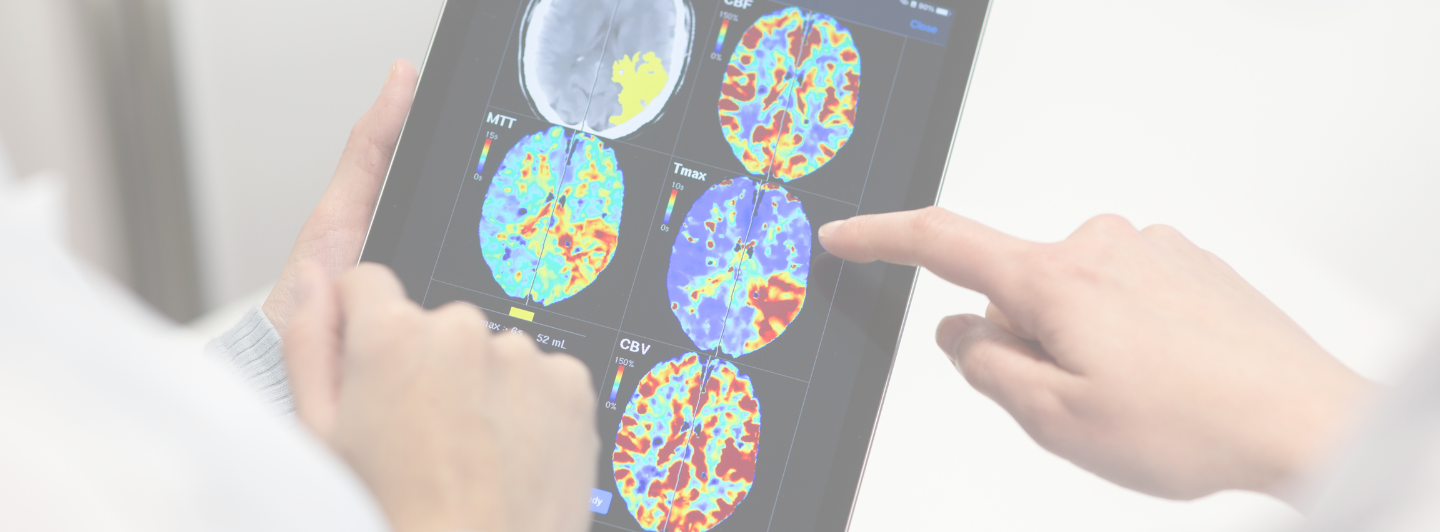Within the dynamic landscape of healthcare, particularly stroke care, the role of technology and artificial intelligence (AI) in fostering collaboration within multidisciplinary teams has become increasingly critical. The complexities of stroke diagnosis and treatment necessitate a seamless integration of expertise from various healthcare professionals, including neurologists, radiologists, nurses, and therapists. AI and technology, by streamlining communication and decision-making processes, have the potential to significantly enhance the efficiency and efficacy of stroke care teams.
The Vital Role of Multidisciplinary Teams in Stroke Care
Effective stroke care hinges on the collaboration of multidisciplinary teams, where each member brings specialized knowledge and skills crucial for comprehensive patient care. Research underscores the significance of such teamwork in improving patient outcomes. For instance, a study by Clarke et al. (2015) emphasizes multidisciplinary team working as fundamental in delivering effective care across the stroke pathway, highlighting its importance in maximizing the effectiveness and efficiency of rehabilitation.
Similarly, the collaborative model of care is advocated in the American Heart Association/American Stroke Association guidelines, which outline the integration of diverse expertise for optimal stroke recovery (Winstein et al., 2016). This multidisciplinary approach not only ensures a holistic treatment plan but also fosters a supportive environment conducive to patient and caregiver engagement in the rehabilitation process.
Overcoming Collaboration Barriers with Technology and AI
Despite the recognized benefits, multidisciplinary collaboration faces several barriers, including logistical challenges, communication gaps, and varying levels of stroke knowledge among team members. Technology and AI offer solutions to these issues by facilitating real-time data sharing, supporting decision-making with predictive analytics, and enhancing communication through digital platforms.
For example, telemedicine and mobile health technologies have been instrumental in bridging geographical distances, allowing remote consultations and enabling stroke specialists to offer their expertise irrespective of their physical location (Nam et al., 2013). AI-driven tools further augment this by providing decision support systems that help in interpreting complex clinical data, thus aiding in the rapid diagnosis and formulation of treatment plans.
Nicolab’s StrokeViewer: Pioneering Collaboration in Stroke Care
In aligning with these technological advancements, Nicolab’s StrokeViewer stands out as a transformative tool in stroke care. Leveraging AI and cloud-based technologies, StrokeViewer facilitates the swift analysis of brain scans, enabling healthcare professionals to make informed decisions promptly. This not only enhances the workflow efficiency of stroke teams but also ensures that patients receive timely and accurate treatment, which is critical for improving outcomes in stroke care.
Moreover, StrokeViewer’s ability to integrate seamlessly into existing healthcare systems and support real-time collaboration among multidisciplinary teams exemplifies how technology can overcome traditional barriers to collaboration. By providing a platform for secure data exchange and communication, StrokeViewer empowers stroke care teams to work together more effectively, regardless of their physical location.
Looking Ahead: Enhancing Teamwork in Stroke Diagnosis and Treatment
As we continue to navigate the complexities of stroke care, the importance of teamwork in diagnosing and treating stroke cannot be overstated. The integration of AI and technology, as demonstrated by tools like StrokeViewer, offers promising avenues for enhancing collaboration within multidisciplinary teams, ultimately leading to better patient care.
For healthcare professionals and institutions keen on harnessing the full potential of technology in stroke care, Nicolab’s StrokeViewer presents an opportunity to revolutionize the way teams collaborate and deliver care. To discover how StrokeViewer can transform your clinical practice and patient outcomes, scheduling a demo is the first step toward a future where technology bridges gaps and fosters unity in the fight against stroke.
Let StrokeViewer improve your team’s stroke workflow > Book a demo
For those intrigued by the evolving role of technology and AI in stroke care, what strategies and tools are emerging to foster communication among stroke care teams? Stay tuned for our next article, “Tools and Technologies Fostering Communication Among Stroke Care Teams” where we’ll explore innovative solutions that are setting new standards in collaborative care.

